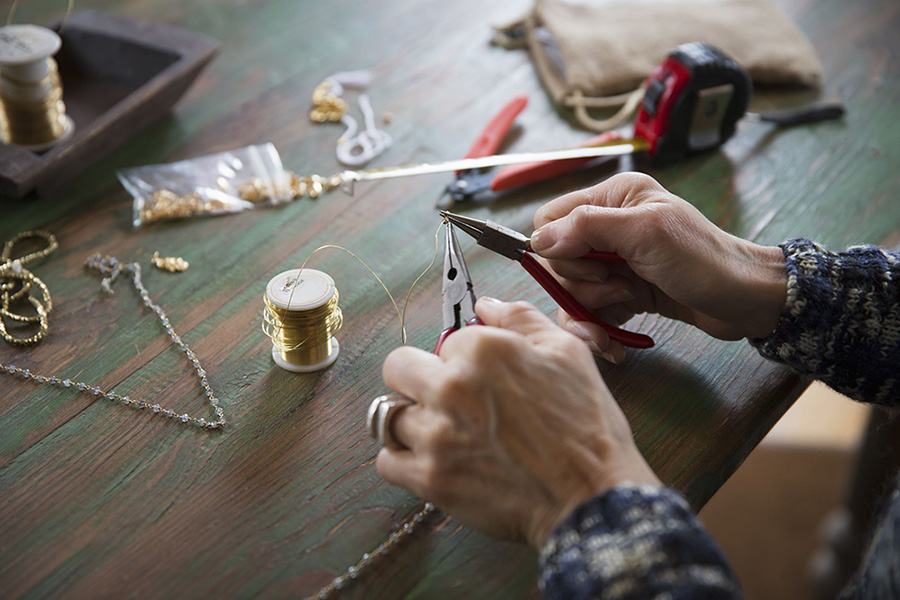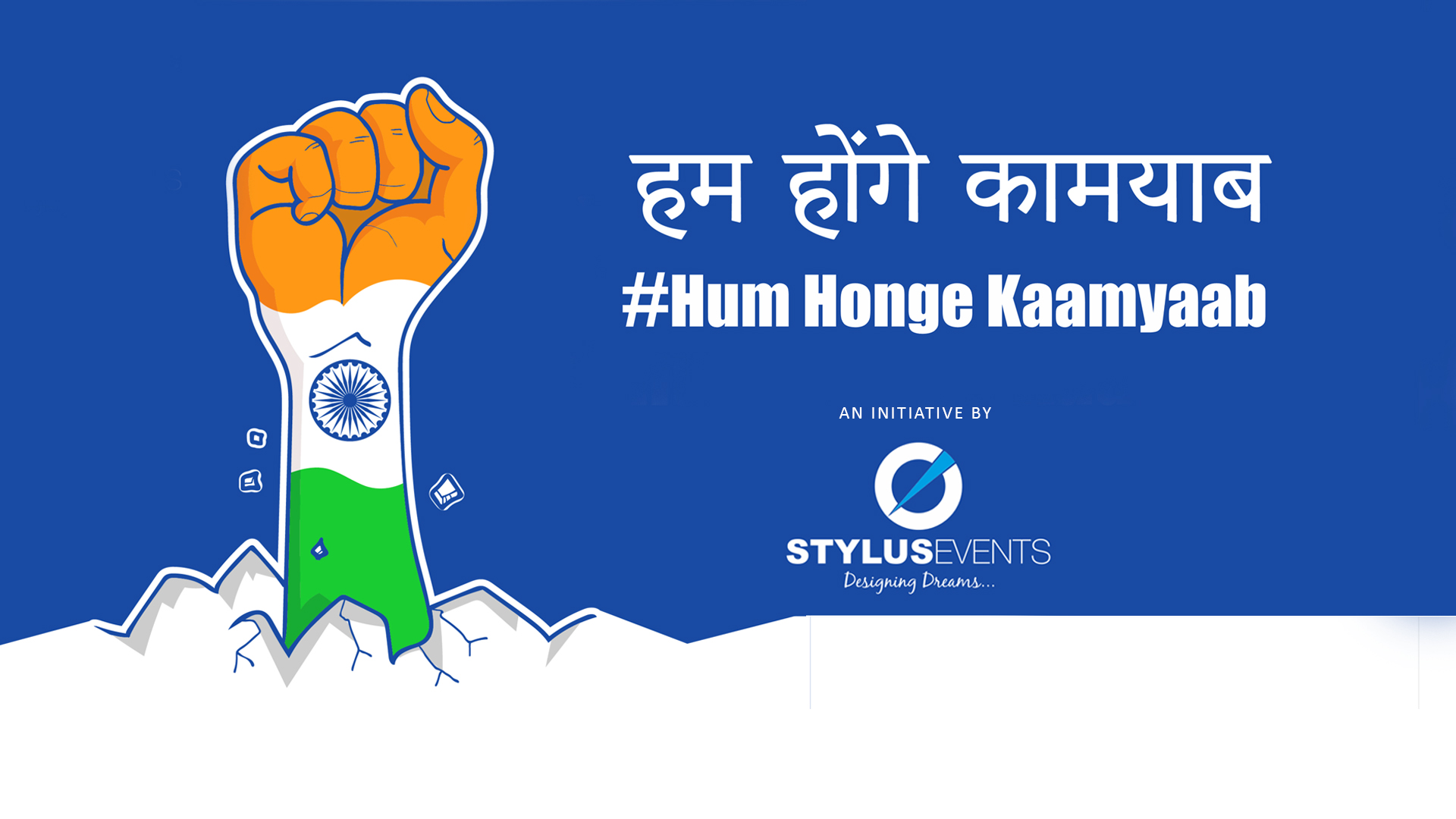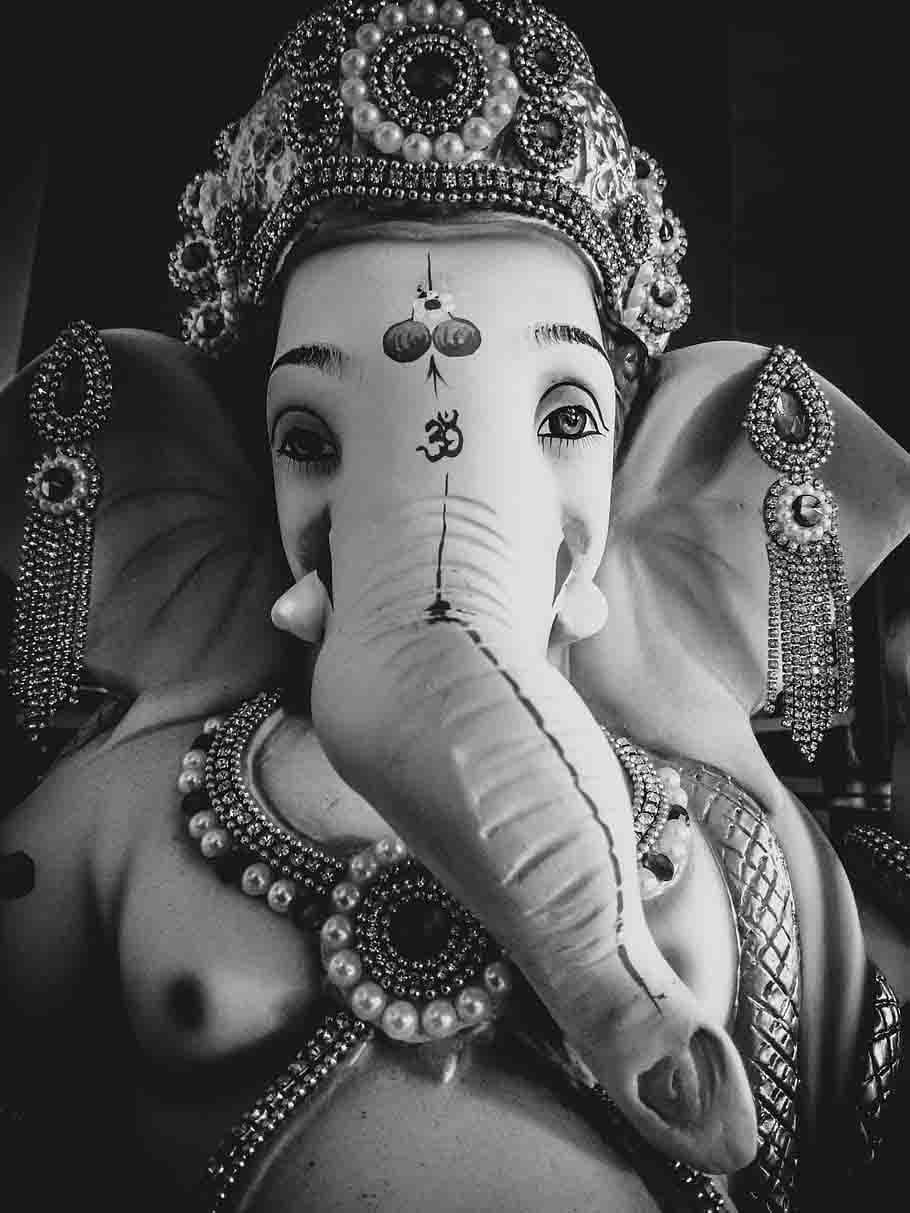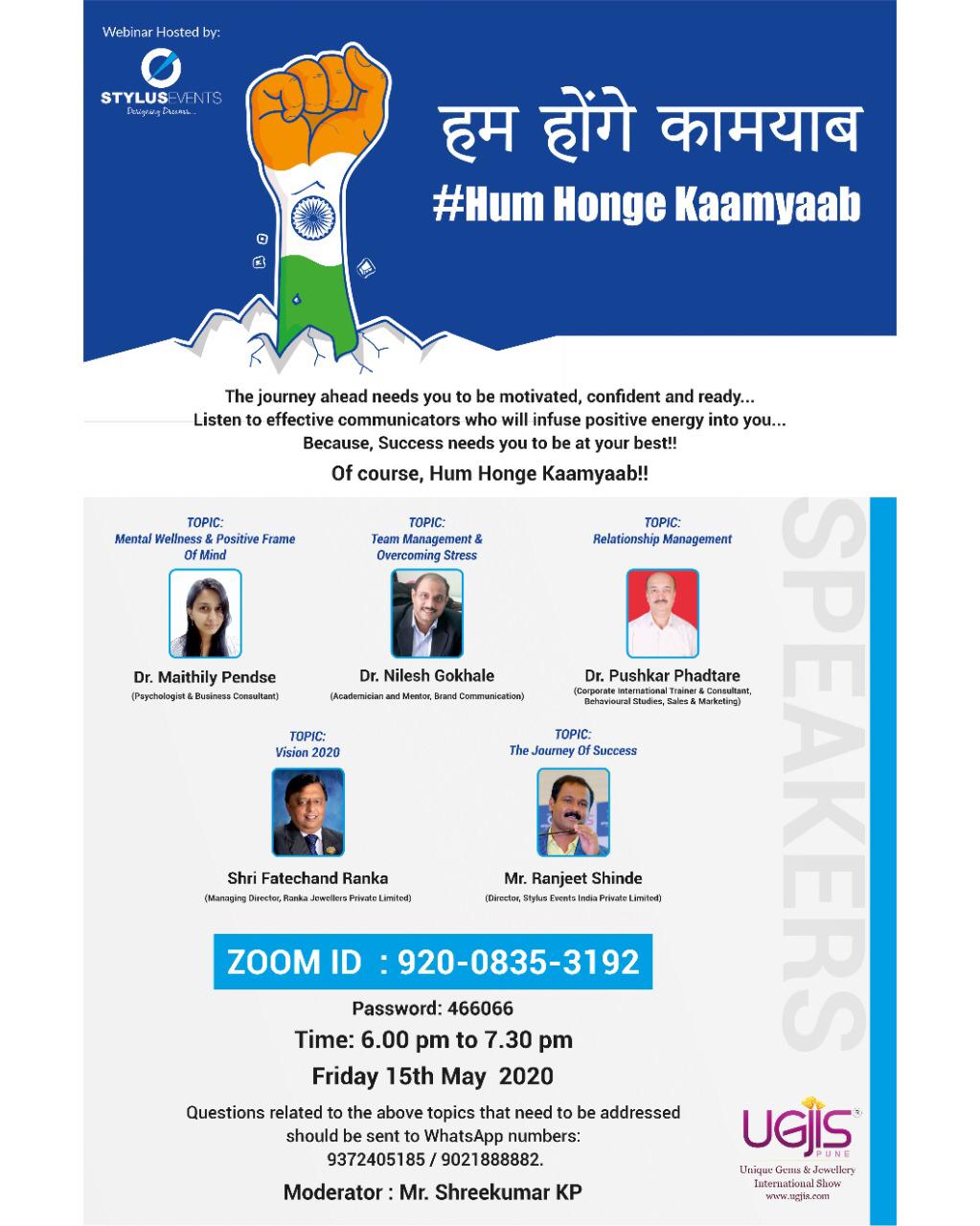
Kundan…. The journey!
There have been endless debates over which amongst the different jewellery forms has been the oldest in our country. All patrons of arguments have placed the cases with adequate backing; however, from the various archives available to readers which contain information about jewellery making practices in India, Kundan jewellery is perhaps touted as one of the oldest. Infact, Rajasthan, which boasts of being the country’s flag-bearer in specialized Kundan jewellery, is committed to believe that it is this form of jewellery practice which is the oldest and has been there since long time.
Let us delve into the finer aspects of this intricate piece of design.
Most aficionados believe that this piece of jewellery is defined by the stones or studs that it contains. Infact, many have even stated on record that Kundan jewellery is a piece that is branded by stones. While this really isn’t the case, the truth in the entire discernment is that this piece of jewellery doesn’t confine to being solid. It is enormously refined gold that is seldom solid. And this is the basic classification of this elaborate piece of jewellery.
During the Mughal reign, this piece of jewellery originated and was designed exclusively for the stately class who would proudly embellish these pieces of jewellery. The place of origin was none other than Delhi, which actually was the base of the Mughal empire.
With passing of time, the artisans who crafted this complex jewellery, shifted base due to the unfavourable working conditions, lack of material needed for designing and oppression and exploitation from the erstwhile rulers. Rajasthan was the preferred destination as it was close to Delhi and it also was receptive to the artisans’ requirements. History quips that over a period in time, Rajasthan became the preferred destination for all Kundan karigars and whole new community of Kundan craftspersons settled there. Will so many skilled and talented artisans present in the state, Kundan jewellery witnessed a new resurgence; designs started getting more intricate and dexterous. And that set the base for this piece of jewellery in India.
Travelling through the cities of Rajasthan, I did query a number of artisans and they were just pleased to explain the process of making this jewellery, although I must confess that this truly, is a work of delicate art and in my opinion, people who craft this piece of jewellery are simply gifted.
I first met Purbo, who simply insisted that I call him so. Purbo explained that the process of making Kundan jewellery is a long-drawn process and has various stages with each stage being more complex than its predecessor. Therefore, at every stage, he said, there needs to be a different, able and trained worker.
Purbo made me witness stage one wherein I interfaced with the malleable aspect of gold. Since it is malleable, it is made into thin sheets which acts as the base for this type of jewellery. He then proceeded to fill the sheet with lac and then apprised me that the lac was necessary so that the stones could be set with the help of hot coal.
To ensure that the gems do not lose their grip, pure gold (Or 999) is poured into the sides using a very small stick. The name Kundan is derived from this 24-karat gold. At the same time, Purbo put in, there is a simultaneous process of preparing the mount of the jewellery. Be it bangles, ear-rings, necklaces, pendant or chains, the mount is then fused to the base using gold.
Then it is cleaned and ready for its prospective buyer.






